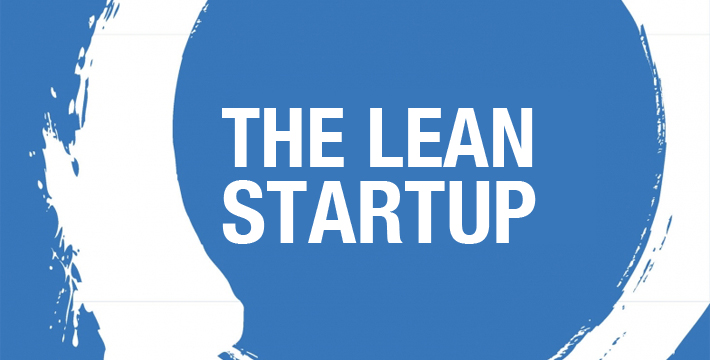There’s no formula for building startups. It’s a tall order to find the right mixture of components and operations that go into producing a working business model. This complicated procedure isn’t magic though. There’s this misconception that fabulous startups originate in overnight success. On the contrary, building a startup usually takes an an inordinate amount of time and learning.
The upside to this grueling journey is that anyone can do it. Sure, some people have competitive advantages but that’s present in most fields (tall athletes, genius students, etc.). The hardest part about the basic process is simply having the courage or motivation to start. I’ve heard the advice to “just get started” thrown out frequently. I think there are a few steps that should come before getting started that have been neglected. I want to shine some light on the few steps that should happen before getting started.
Complain about everything to find an idea
Startups are entities created to solve problems. The problem (commonly referred to as the pain point) should be the holy foundation for a business. The following three startups can be explained based on the problem they solve. Brandfolder: It’s hard for businesses to communicate their branding easily. Hull: It’s time intensive, but necessary, to add common social elements to sites. Youtopia: Inputting and organizing service hours by hand is a huge chore. They all have definitive pain points that they’re trying to solve. Some of them have expanded to take on a larger set of pain points but their core product’s main goal is still to solve a problem for their customers.
This means coming up with a startup idea should begin by identifying the main pain point one wants to solve. It’s amazing how many things people complain about in their day-to-day lives. Listening to these complaints can give you a treasure trove of startup ideas. The single most useful tool for coming up with startup ideas is an idea notebook. Carrying around a physical or electronic notebook (Evernote works quite well) and populating it with any and all problems you think of can lead to breakthrough solutions. Since the problem is the base upon which the rest of the startup is built, it’s crucial to solidify the pain point early on in the startup process, well before you set out to build something awesome.
Learn the basics
Learning the basics can be a smart next step after experiencing an eureka moment and producing what you think is a viable product. Fortunately for dreaming entrepreneurs everywhere, there’s a plethora of resources to go to. (Ask me for suggestions if Google overwhelms you.) It’s possible to learn the absolute fundamentals in a couple of days — or honestly, a few intense hours — so this step shouldn’t hinder any ideas. I believe all founders should at least have a grasp on Lean Startup principles. This step prevents people from crashing and burning from silly mistakes. Failing is an important part of learning but it’s better to avoid it than to fail for the sake of failing.
Studying doesn’t make you an entrepreneur
There’s a limit to how much knowledge to acquire before getting your hands dirty. Spending weeks or months learning detailed economic and company-building models is a waste. Learn the basics. Getting started usually ends up teaching all the other important things, as long as you pay attention to the lessons you’re learning. Entrepreneurship can be studied but no one can be called an entrepreneur until they launch their first successful company. Devoting yourself to learning content makes you an entrepreneurial scholar, at best.
Get started
Having a pain point, an inkling of a product idea, and a basic knowledge of Lean Startup principles give you the toolbox necessary to go out and get started. Find a way to build something, anything. The quicker you build, the closer you are to your first customer.



Be the first to comment on "Complain, Learn, Then Get Started"